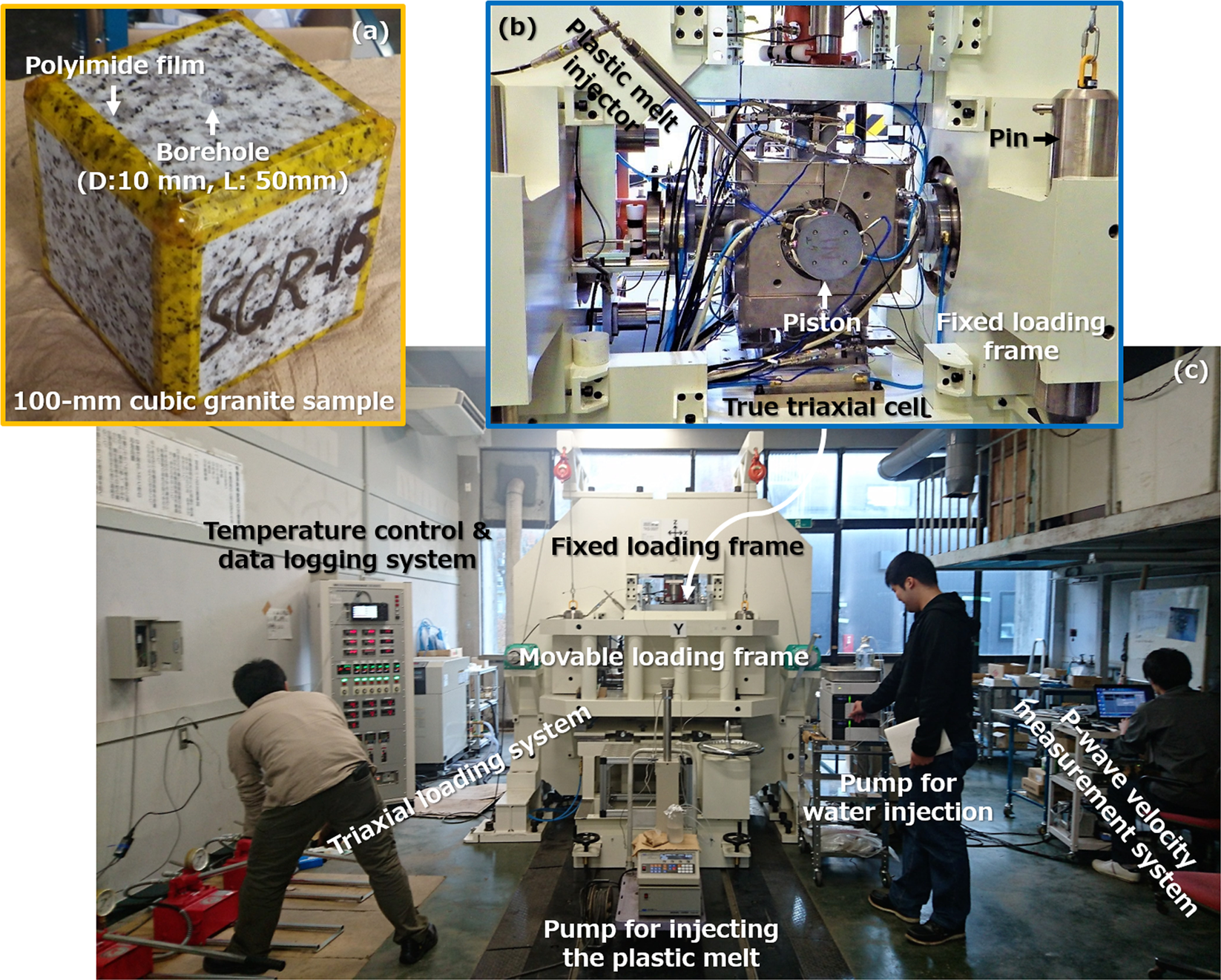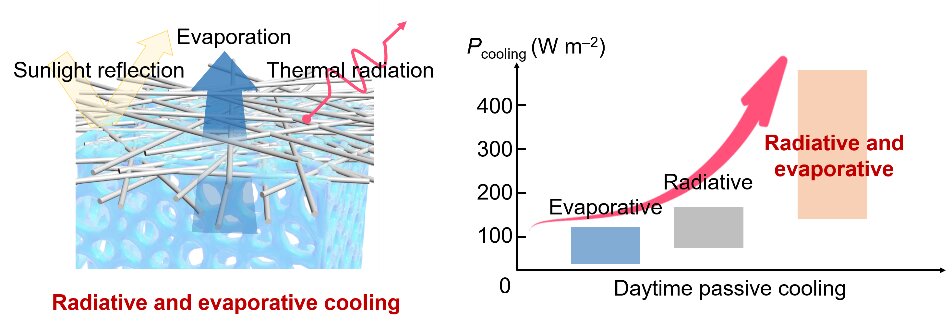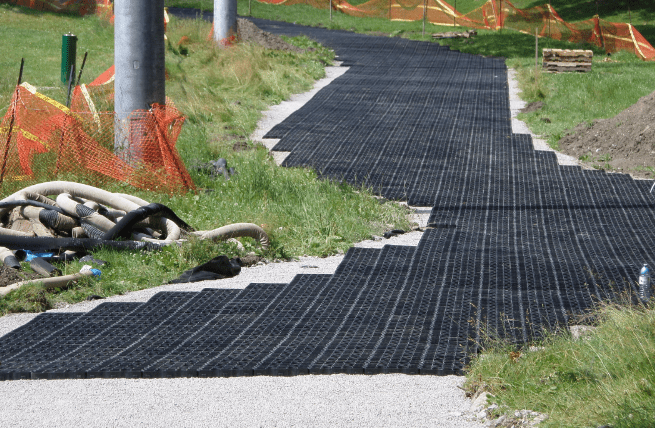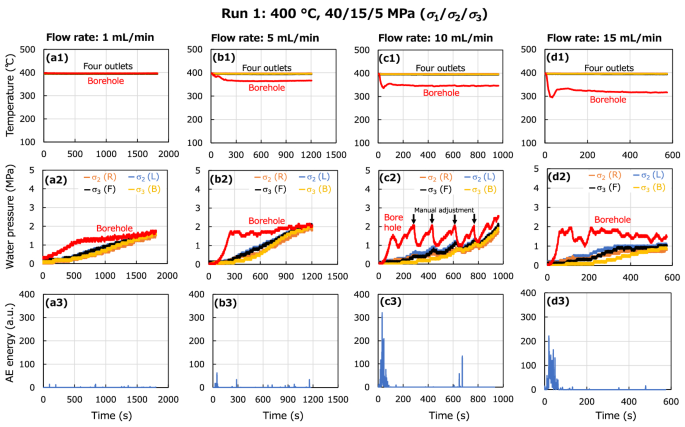Cooling-induced permeability enhancement for networks of
4.9 (361) · $ 23.50 · In stock
Recent researches have proposed the use of enhanced geothermal system reservoirs consisting of dense networks of microfractures, created by hydraulic and/or thermal fracturing in superhot/supercritical geothermal environments, because of their suitability for thermal energy harvesting. During fracturing and energy extraction, the fracture networks are exposed to cooling due to the injection of cold fluid into the reservoirs. Previous studies showed such cooling enhanced reservoir permeability in conventional geothermal environments. However, the cooling may result in a higher risk of seismicity, owing to decreased normal stress on the fractures. Nevertheless, it is unclear whether cooling-induced permeability enhancement and a higher risk of seismicity occurs within networks of microfractures which consist of numerous interconnected microfractures at various orientations to the in situ triaxial stress. Thus, no dominant fractures have the possibility to cause permeability enhancement/induced seismicity. In this study, results are presented for borehole cooling experiments on a dense network of microfractures in granite, at 400 °C, under true triaxial stress. Permeability and acoustic emissions were measured with decreases in borehole temperature (up to ~ 90 °C). Results showed that permeability increased with increasing temperature drop at relatively low stress levels (15 and 20 MPa). The permeability enhancement occurred without intensive failure, and was reversible. However, permeability was almost constant at a higher stress level (65 MPa). Results showed that permeability enhancement required a thermal stress equivalent to the mean stress, so that the normal stress was reduced to near-zero, for a considerable amount of the microfractures. Additionally, the permeability of dense microfracture networks can be increased by cooling primarily through thermo-elastic deformation (without intensive failure), which may be useful to compensate for the reduction in injectivity due to cooling-induced fluid property changes.

Potentially exploitable supercritical geothermal resources in the

Curve of test temperature change process

Evolution of normal closure (vn), shear displacement (vs) and net

Formation of amorphous silica nanoparticles and its impact on

a) CT image and (b) resulting fracture aperture distribution for
AE and stress-strain curve of granite at 150 °C

Test process and equipment Download Scientific Diagram

Triaxial compression with constant displacement rate loading

Schematic representation of ductility and brittleness in terms of

Numerical model and equivalent permeability. a Model setup of the

Cloud-fracture networks as a means of accessing superhot

Enhanced Supercritical Geothermal System. Schematic representation

Estimate of the injection temperature, obtained by extrapolation

PDF) Cloud-fracture networks as a means of accessing superhot











